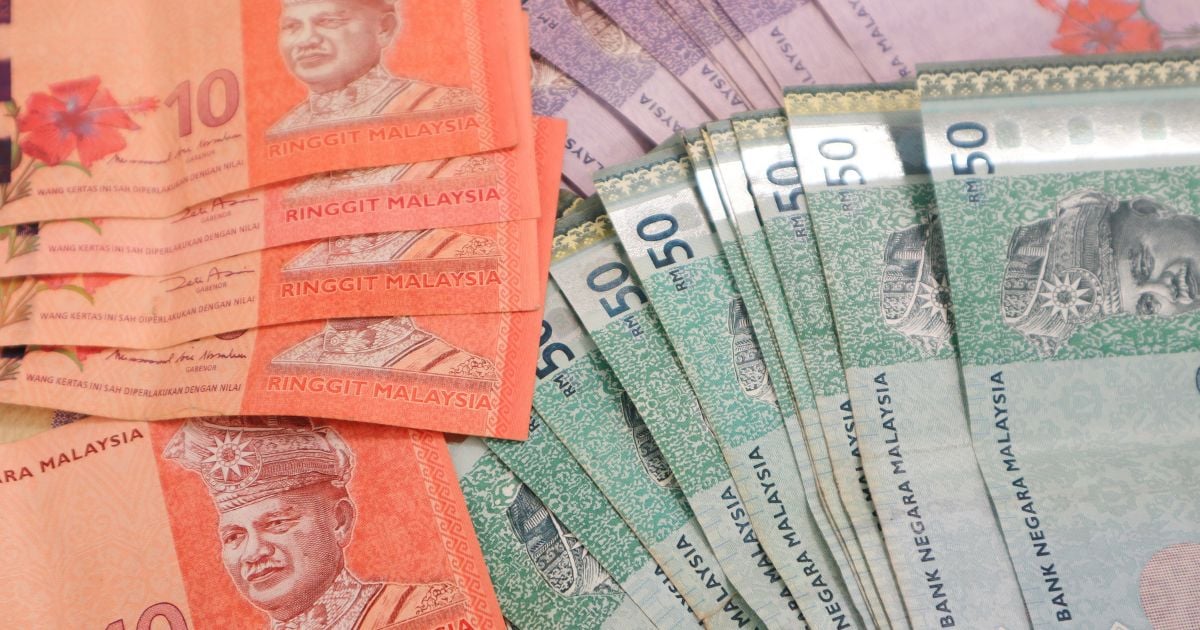You may have noticed the Malaysian ringgit reaching a record low against the Singapore dollar (again and again), a trend that’s been ongoing for several months.
Back in October 2023, S$1 was equal to RM3.50. By December 2023, the exchange rate slightly weakened to RM3.5314 for S$1, maintaining a similar value into January 2024 at RM3.5343 for S$1.
Recently, it hit RM3.57 for S$1.
Consequently, many Singaporeans have been drawn to Johor Bahru, seeking better value for money — who can resist a good Rotiboy?
But have you ever wondered why the Malaysian Ringgit is weakening against SGD?
This could come as a surprise to some of you, but Singapore has nothing to do with it.
It’s due to many factors, but one reason why Singapore dollar isn’t weakening is due to our exchange rate policy.
There are essentially two different ways to keep our currency and economy strong: Interest Rate Policy and Exchange Rate Policy.
Malaysia uses interest rate policy (which many countries use as well) while Singapore uses exchange rate policy, making it one of the factors behind its depreciating currency.
This probably sounds like gibberish to many of you, so here’s an explanation.
Malaysia
Malaysia employs an interest rate policy, a common approach among nations to control domestic currency value through adjustments in interest rates. Most central banks in other countries, uses the same policy.
For example, when the economy is strong and doing well, higher interest rates are placed to control inflation and manage economic growth.
When speaking to TODAY, Associate Professor Chia Wai Mun, an economics lecturer from Nanyang Technological University (NTU), mentioned that the discrepancies in interest rates between Malaysia and other economies can significantly impact its financial flows.
If other economies abroad have higher interest rates, foreign investors will seek better returns. For example, if the US has higher interest rates than Malaysia, foreign investors who seek better returns, will move their investment away from Malaysia. This financial outflows from Malaysia will then cause the weakening of the ringgit.
Furthermore, unlike Singapore, Malaysia exports commodities such as palm oil. As such, China is one of Malaysia’s key trading partners. Thus, if the China economy weakens, it would have an impact on Malaysia’s economy as well.
Singapore
On the other hand, Singapore uses exchange rate policy which differs greatly from Malaysia. To better understand this, we have to take a look at S$NEER.
S$NEER stands for Singapore Dollar Nominal Effective Exchange Rate. This is essentially the exchange rate between SGD and the currencies of Singapore’s trading partners.
The Monetary Authority of Singapore (MAS) uses the exchange rate to control the strength of our currency. This is Singapore’s only form of monetary policy.
According to MAS, the main reason behind this is due to Singapore’s small and open economy. The gross exports and imports of goods and services equates to more than 300% of GDP and almost S$0.40 of every dollar spent domestically is on imports. Thus, exchange rate has a stronger influence than interest rate.
This exchange rate also affects various prices in the economy such as import and export prices, wages, and rentals as well as consumer prices.
The MAS essentially enables S$NEER to “float within a policy band.” This is something I will not get into, or I might give you a headache.
Essentially, the “policy band” stays between a basket of currencies (which is not disclosed by MAS). The idea behind this is, MAS allows the S$NEER to fluctuate within a controlled band, adjusting as needed to maintain price stability within the country.
Just know that Singapore has a system to prevent a large change in the currency exchange.
This method offers greater stability as it is not affected by factors in one particular economy.
However, attributing currency strength solely to the choice of monetary policy simplifies a complex issue. At the end of the day, many factors such as geopolitical tension, political uncertainty and political inconsistency, play significant roles in influencing a country’s economic health and its currency’s performance.
If it’s still confusing, watch this:



